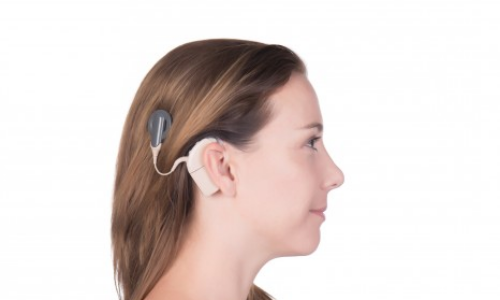

This can be dizziness, vertigo or unsteadiness which accounts for 1/5 th of referrals to ENT and neurology clinics. It has been estimated that approximately 1/4th of people experiences dizziness at some point in their lives, of which 80 % of cases are severe enough to warrant a consultation. Especially more common in the elderly age group where almost 50 % of people over the age of 75 experience dizziness.
Normal balance is the consequence of continuous interaction between vestibular, proprioceptive and visual mechanisms which is in turn integrated and modulated by all levels of central nervous system. A lesion or dysfunction in any of these mechanisms can result in a balance disorder. That’s why it is very important to localize the lesion causing the imbalance in order to bring the person back to their normal life.
How the patient presents
Patients present with variety of symptoms and most of the time, they find it difficult to explain what they feel during an attack. It can be an acute or chronic presentation of the following symptoms
• Feeling of self-motion without any actual motion
• Feeling of distorted motion during an actual normal motion
• Feeling of impaired or distorted spatial orientation
• False sensations of motion or tilting of the visual surround and visual distortion
• Light headedness
• Unsteadiness
Associated symptoms include:
• Vomiting
• Ear symptoms - tinnitus, ear block, reduced hearing
• Headache, photophobia, phonophobia
In an acute presentation, it is most important to rule out central causes. The red flag symptoms which point towards central causes include:
• Dysarthria (slurred speech)
• Diplopia (double vision)
• Paresis
• Clouded consciousness
• Numbness
As per the instructions of the therapist regular and consistent home training must be done for great improvements. The parents / caregivers can generalize what is taught in a session and repeated practice can help to achieve the goal faster.
What are the causes
Vertigo can be divided into acute or chronic based on the duration Acute vertigo is mostly either due to Stroke – Posterior fossa lesion/ posterior circulation stroke can present with acute vertigo. It is very important to identify these patients at the earliest. Vestibular neuritis/ labyrinthitis – Usually preceded by an acute viral illness. Patient present with severe vertigo associated with bouts of vomiting. They can also have sudden hearing loss if the entire labyrinth is involved. Causes for chronic vertigo includes Vestibular migraine – These are episodic vertigo lasting 5mins to 72 hours in patient with migraine or with past history of migraine. BPPV – As the name suggests these are brief spells of vertiginous attack lasting few secs due to the dislodgement of otoconia crystals in the semicircular canal system. Menieres disease – It is characterized vertigo lasting mins to hrs associated with fluctuating hearing loss, ringing sensation and aural fullness. Vestibular paroxysmia – It is rare cause cause of spontaneous, brief and recurrent attacks of vertigo which are significantly disabling. Vascular loops are the usual culprits. Orthostatic hypotension – It is characterized by sudden drop in blood pressure when standing from a sitting or lying down position which results in dizziness or light headedness and possibly fainting.
How to diagnose
A thorough history with a proper examination will help in identifying the underlying cause of giddiness. A set of tests has been designed to assess the vestibular functions. Before going for a proper vestibular function test, patient ear has to be fully examined. Audiometric tests also provide hints for the diagnosis of certain conditions. Checking the vitals is also very important because sometimes the reason behind the vertigo can be an underlying cardiac condition which can be identified by checking the pulse. Supine and standing BP have to be recorded especially in elderly to rule out orthostatic hypotension. Vestibular function tests help in diagnosing the vestibular causes listed above. The evolution of Videonystagmography has been a game changer in the field of neurotology. VNG is a complete diagnostic system to record, analyze and report eye movements using video imaging technology. It includes a series of test that help in identifying vestibular pathology. It also aids in differentiating between vestibular and central causes of vertigo.
How to treat
Most of the balance disorders can be easily treated once we find out the exact reason behind the giddiness. Therapeutic measures include medications, rehabilitation exercises, therapeutic maneuvers or rarely surgery depending on the cause. BPPV which is the most common cause of vertigo can be easily corrected with therapeutic maneuvers that differ for each canal. Rehabilitation exercises help patients with vestibular neuritis by speeding up the central compensation of the affected side. Labyrinthine sedatives are helpful in relieving the acute symptoms of vertigo. Corticosteroids are found to be helpful in cases of vestibular neuritis and during acute attacks of Meniere’s disease. Intratympanic steroid or Gentamycin injection can be tried in intractable Meniere’s disease. Various surgical procedures are performed in Meniere’s diseases that are not responding to medical therapy like endolymphatic sac decompression, endolymphatic duct blockage or clipping and vestibular neurectomy. Virtual reality has been incorporated into vestibular rehabilitation therapy which includes a series of VR activities that aid in improving our vestibular functions.